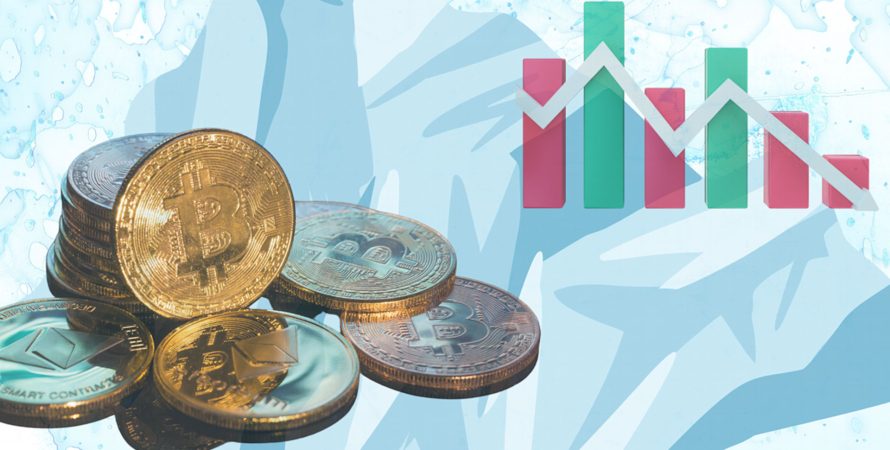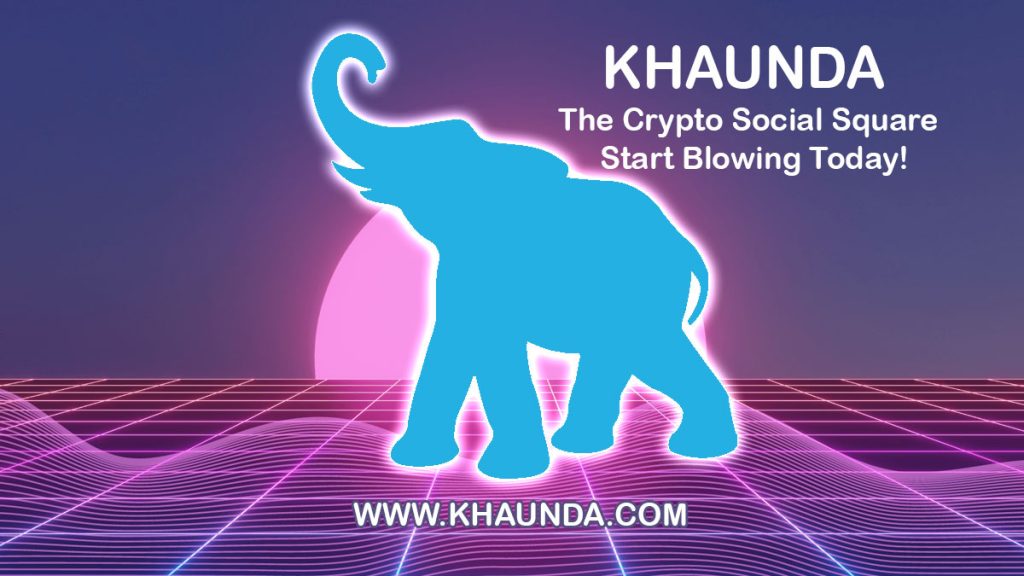Terra’s LUNA and UST implosion is dragging down an already ailing market. What do other developments suggest about crypto’s long-term future.
The Terra crash has doubled down on people’s fears that the sharp downturn in the crypto market, much like the steep rise in U.S. inflation, isn’t transitory but could be longer-lasting.
Led by Bitcoin’s fall from grace, down from its spectacular US$69,000 high in November 2021 down to US$33,000 in January this year, crypto commentators were already noting the first signs of a “crypto winter.” But the final nails in the coffin now include record-busting inflation rates in the U.S., a Federal Reserve getting serious by raising interest rates, and the risk of recession after the tapering off the trillions of dollars injected into the economy.
And it’s not just Bitcoin with its seventh red candle week in a row. Ethereum is also currently down around 58% from its all-time high, and altcoins are down around 80% in value. It’s not a pretty picture, made even worse by the US$40 billion flash crash of LUNA and TerraUSD, which had, “a domino effect on the rest of the cryptocurrency market, tanking the price of Bitcoin and accelerating the loss of $300 billion in value across the crypto economy.” To cap it off, total value locked (TVL) in decentralized finance (DeFi) dropped last week to US$56 billion, according to industry monitor DeFi Pulse, and even NFTs dropped 65% after the Terra fiasco. Overall crypto markets lost a total of US$1 trillion in April.
But if this is the start of another market cycle, dramatized by Terra, there is plenty that marks it as different from previous downturns, not least that the regulatory attention on the crypto industry that was already in motion will be accelerated. “Standing between broad-based mainstream adoption of crypto infrastructure for commerce and financial applications at a global scale is this regulatory clarity,” Circle CEO Jeremy Allaire told Yahoo Money. “We have the impetus to see that happen now.”
Certain U.S. lawmakers called for the regulation of stablecoins last week, balanced by Securites and Exchange Commissioner Hester Pierce, who recognized that the market does need room to allow for trial and error, but she also added that due to the variation in types of stablecoins, it’s also difficult to develop a regulatory framework.
Just as importantly, countries around the world aren’t suddenly going to row back on their engagement with the crypto and blockchain space. Indeed, news that South Korean regulators are investigating Terra may in the longer run help to strengthen plans for crypto-friendly legislation promised by the incoming new president.
Another sign that long-term crypto adoption is moving forward is confirmed by the British government, which says it is planning to regulate crypto, including allowing stablecoins to be a form of payment, as part of its bid to turn the nation into a global crypto hub. It’s therefore excellent timing for Coinbase to launch a global crypto think tank to help mold policy debate about the industry.
Another key player, venture capital firm Andreessen Horowitz (a16z), in its first State of Crypto Report stated that we are now in the middle of the fourth “price innovation” cycle. Which in plain English means that despite the current market downturn, the hard work in the background with development will lead to innovation and growth in the longer term and the start of a new cycle. “Whereas prices are often a lagging indicator of performance in some industries, in crypto they are a leading indicator,” wrote the authors of the a16z report. “Prices are a hook. The numbers drive interest, which drives ideas and activity, which in turn drives innovation.”
Many are starting to believe that while the market sentiment is negative right now, the demand that drove yield-earning projects such as Anchor, which helped bring down Terra, that same demand isn’t going away as stocks fall in value and savings rates are still relatively low compared to the erosive impact of inflation. Indeed, the demand for stablecoins also remains bullish, with Tether’s USDT riding out the blip in its recent short-lived de-peg from the dollar, and news that MakerDao’s DAI is performing well, with its governance token MKR growing by about 50% since May 12. Despite Terra’s collapse, stablecoins as a whole seem one of the safest bets in terms of growth in 2022. Read More at FORKAST![]()
Please Read Essential Disclaimer Information Here.
© 2024 Crypto Caster provides information. CryptoCaster.world does not provide investment advice. Do your research before taking a market position on the purchase of cryptocurrency and other asset classes. Past performance of any asset is not indicative of future results. All rights reserved.
Contribute to CryptoCaster℠ Via Metamask or favorite wallet. Send Coin/Token to Addresses Provided Below.
Thank you!
BTC – bc1qgdnd752esyl4jv6nhz3ypuzwa6wav9wuzaeg9g
ETH – 0x7D8D76E60bFF59c5295Aa1b39D651f6735D6413D
MATIC – 0x7D8D76E60bFF59c5295Aa1b39D651f6735D6413D
LITECOIN – ltc1qxsgp5fykl0007hnwgl93zr9vngwd2jxwlddvqt
Support CryptoCaster with any amount of Bitcoin by copying and pasting our Unstoppable Domain; villagewest.crypto in your sending wallet or crypto coin exchange.
Your contribution support will help in our growth, coverage, and global presence. CryptoCaster is a decentralized publisher “Covering a Global Evolution Re-defining Mediums Of Exchange”. We will continue to upgrade and create impactful sections to our lineup.
Any amount, as often as you can contribute will be greatly appreciated.
Every contribution, however big or small, is so valuable for our future. Thank you for your consideration and support!
Member of Global Meta Media Consortium℠ – www.g2mc.world






